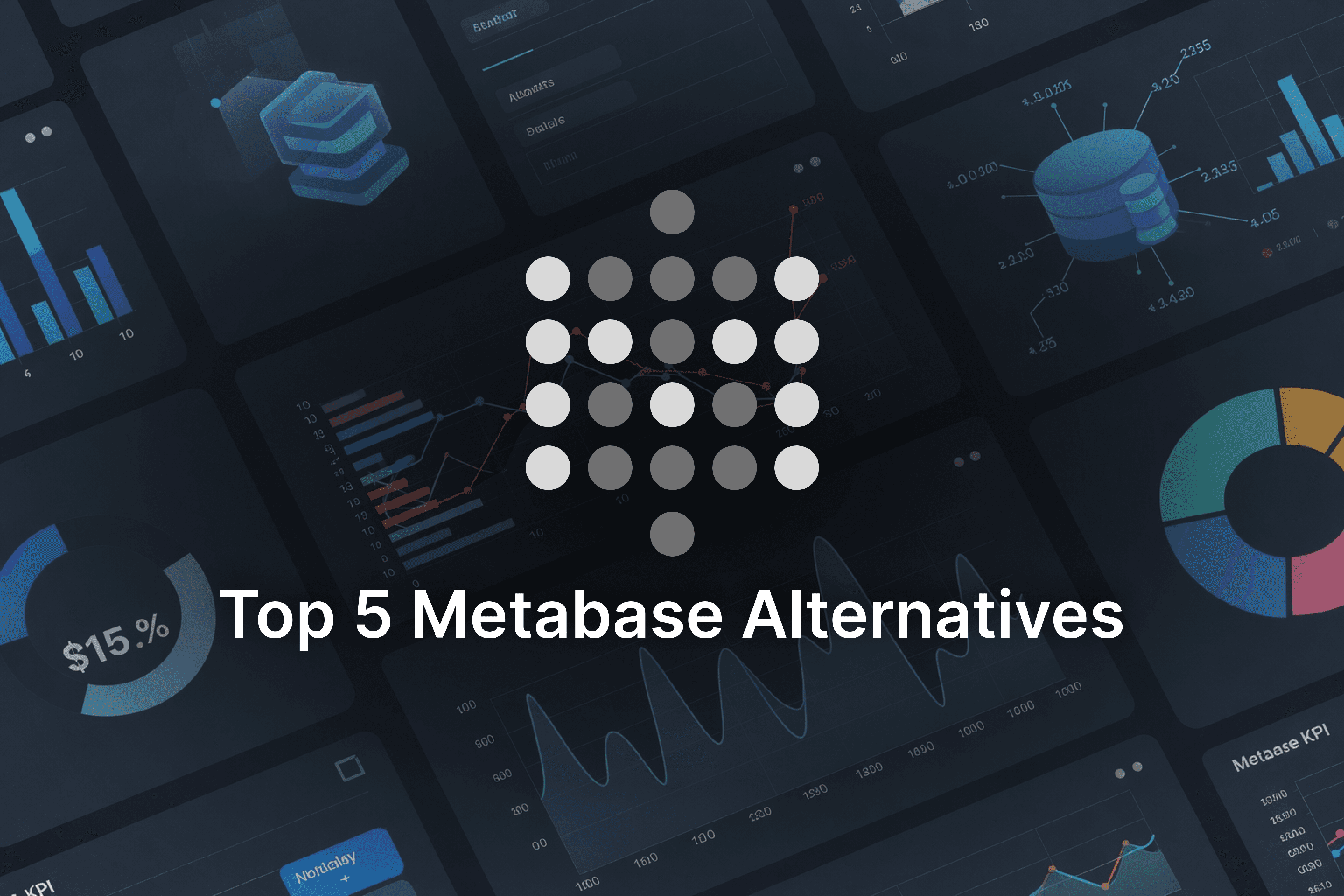Today’s business environment is defined by rapid change and tough competition. Data is at the heart of every smart decision, from launching new products to improving customer experience. Business Intelligence (BI) systems turn massive raw data into actionable insights. With technology evolving so fast, companies must decide: stick with traditional BI managed by IT, or empower teams with modern self service BI? This article unpacks both models, provides real examples, and helps you decide which is a better fit.

What is Traditional Business Intelligence and How Did It Work in the Past?
Traditional Business Intelligence (BI) is an early approach to analyzing business data where IT teams and specialized analysts managed everything from setting up dashboards to generating reports. It focused on structured data, consistency, and standardized reporting to help managers make decisions.
In the past, managers or staff had to request data from the IT department, which often took days or even weeks to prepare. Reports were static, followed fixed templates, and couldn’t be explored interactively. Classic tools like IBM Cognos and SAP Business Objects were commonly used for this process.
Key Characteristics of Traditional BI
Centralized control with IT or analysts
Static monthly or weekly reporting
Strong governance and data standardization
Steep learning curve for non-technical employees
Traditional BI worked well for regulatory compliance and top-down information. But as business speed increased, this model often delayed decision-making.
What is Self Service BI and Why Is It Becoming Popular?
Self service BI gives business managers and non-technical teams the ability to explore, visualize, and report their own data. Platforms like Tableau, Power BI, and Supaboard have easy drag-and-drop features so team members can answer emerging questions instantly.
Why Businesses Are Adopting Self Service BI ?
Empowers daily users to run analysis and build dashboards themselves
Faster reaction to business challenges—no more IT bottlenecks
Grows company-wide data literacy and engagement
Encourages collaborative, agile problem-solving
A 2025 case study shows how one retail chain empowered store managers with self service BI, which let them analyze sales and adjust inventory daily. In just three months, they cut stockouts by 25 percent and drove a 30 percent uptick in customer engagement by running targeted offers. “Source: moldstud”
Self Service BI vs. Traditional BI: What Are the Key Differences?
Aspect | Traditional BI | Self Service BI |
|---|---|---|
Main Users | IT teams, analysts | Business users, all employees |
Speed of Insights | Slow, scheduled | Fast, real-time |
Flexibility | Rigid | Custom, ad-hoc |
Ease of Use | Complex, technical | Drag-and-drop, user-friendly |
Data Control | Centralized | Needs robust governance |
Cost | High, ongoing IT spend | Lower, scales with needs |
Examples | SAP BI, Cognos | Supaboard, Power BI, Tableau |
What Are the Benefits of Self Service BI for Businesses?

Business users quickly answer their own questions, fueling faster action and accountability.
Real-time dashboards keep everyone up to date—no more waiting for IT teams.
IT experts focus on strategic projects instead of repetitive reporting.
Democratizing data raises the skill level and curiosity of every team member.
Companies can scale fast without heavy infrastructure or steep licensing fees.
Statistical Trends: Why Are More Companies Switching?
The global market for self service BI exploded from $6.73 billion in 2024 to a projected $7.99 billion in 2025, with a path to $26.54 billion by 2032. That’s an annual growth rate of nearly 19 percent, driven by the need for faster, more decentralized insights. In North America alone, over 33 percent of the global market is held, but Asia and Europe are catching up as digitization spreads.
“Source : fortunebusinessinsights”
Why Does Traditional BI Face Limitations in Modern Enterprises?
Traditional BI struggles as organizations demand agility. In 2024 and 2025, digitalization and unpredictable market shifts exposed the limitation of waiting days for standard IT-built reports. Legacy platforms can’t handle dynamic questions, fast-changing data, or widespread demand from all business units.
Real-World Challenge
A healthcare company in 2024 found traditional BI couldn’t deliver crisis-response dashboards at pandemic speed. After moving to self service BI, individual departments now create and adapt their own reports, saving critical time.
Common Pitfalls When Implementing Self Service BI

Starting Without Clear Metrics
Organizations sometimes launch BI projects with vague goals. Success becomes hard to measure and adoption lags. It’s vital to set targets, like increasing active user numbers or tracking IT ticket reduction.
Too Much Freedom Too Fast
Rolling out self-service access without structured onboarding often results in confusion or overwhelming dashboards that no one uses. A phased, department-by-department approach works best.
Data Misinterpretation
When employees don’t fully understand data fields, they can confuse metrics, causing bad decisions. Ongoing data literacy training and clear definitions are essential.
Shadow IT and Governance Challenges
If data access and report creation aren’t monitored, multiple versions of the truth can cause contradictions. Strong policies and access rules prevent this.
How Does Self Service BI Improve Decision-Making Speed?
By putting insights in the hands of frontline workers, delays vanish. For example, a SaaS company tracked product adoption in real time, saw where users were dropping off, and fixed a new feature’s onboarding within two days—outpacing older, monthly IT-generated reporting cycles.
When Should Companies Choose Self Service BI vs. Traditional BI?
Self service BI is the best fit for companies that value agility, data-driven culture, and regular department-level analysis. It thrives in fast-moving sectors like retail, startups, and SaaS.
Traditional BI remains important for enterprises bound by regulatory reporting or very complex, cross-functional audits. Blending both is common: use self service BI for daily problem-solving and traditional BI for enterprise-wide compliance reports.
What Are the Best Practices for Transitioning from Traditional BI to Self Service BI?
Assess the Current State
Inventory current BI tools, IT workload, and data quality.
Set Governance and Clear Roles
Define who builds, reviews, and publishes data.
Invest in Data Quality
Clean, standardized data is non-negotiable for good business outcomes.
Offer Strong Training
Upskill teams and run practice projects with new BI tools.
Pilot First, Then Scale
Begin in departments most hungry for data insight, gather feedback, iterate, and then roll out across the company.
Monitor and Refine
Track user adoption, business impact, and adjust as needed for ongoing improvement.

Case Study: Cross-Industry Impact and ROI
Many industries from eCommerce to healthcare increased BI adoption between 2024 and 2025 by focusing on active usage and measuring IT ticket declines. Companies that paired self service BI with training and robust governance saw the biggest gains in productivity and reduction in support tickets. ”Source : sigmainfo”
Frequently Asked Questions
What are the main differences between self-service BI and traditional BI?
Self-service BI lets business users access and analyze data independently, while traditional BI is controlled by IT and slower to adapt.
How does self-service BI help non-technical business users?
Easy dashboards and drag-and-drop features allow any employee to find answers to their questions quickly.
Why is traditional BI considered slow and restrictive?
Relying on IT for every new report means delays and rigid reporting structures.
Is data governance weaker in self-service BI?
It can be, unless you implement clear access policies and dedicated training.
Which industries benefit most from adopting modern BI platforms?
Retail, tech, healthcare, and any field that needs to adapt quickly to new information.
How can companies smoothly move from traditional BI to self-service BI?
Start with pilot projects, provide training, build governance frameworks, and expand step by step.
Conclusion: What Does the Future of Business Intelligence Look Like?
Tomorrow’s BI will be defined by speed, accessibility, and participation. The companies that empower teams with flexible, robust self service BI platforms like Supaboard, while supporting good governance, will outpace their competition. Adopting these tools is no longer just a tech upgrade, it’s a must-have for success in every modern business.









